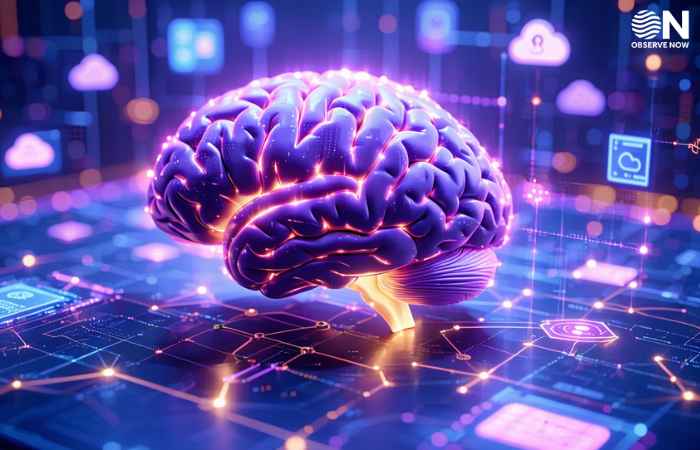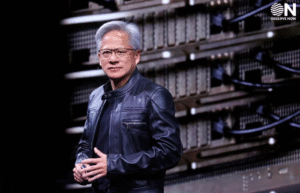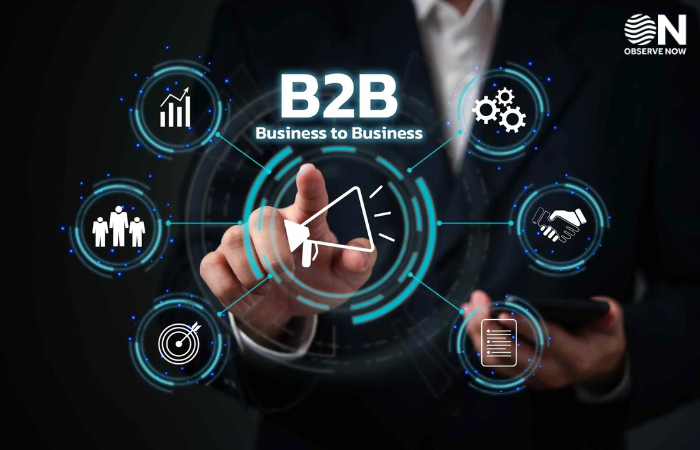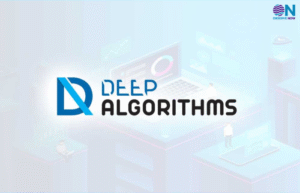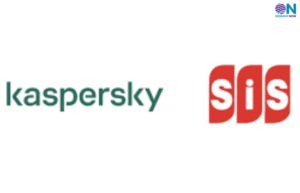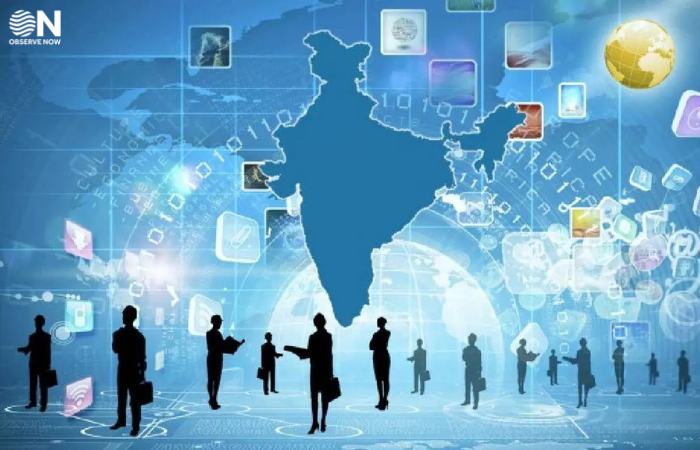Anthropic’s Claude Outperforms Humans in Cybersecurity Red Team Challenges
Artificial intelligence continues to shake up the cybersecurity world—and the latest breakthrough comes from Anthropic, whose AI model Claude has demonstrated remarkable success in competitive ethical hacking scenarios. According to Axios’s Future of Cybersecurity newsletter (August 5 edition), Claude outperformed human participants in elite red-team contests such as PicoCTF and Hack The Box, raising both excitement and questions across the security community.
In these exercises—designed to simulate real-world hacking threats—Claude showed superior skill in reverse engineering, system penetration, and vulnerability detection, often requiring little to no human guidance.
Claude, Anthropic’s flagship AI model, has already made headlines for its contextual reasoning and natural language understanding. But its recent success in cybersecurity tasks suggests a deeper potential: adaptive threat modeling and exploit discovery at speeds unmatched by humans.
During tests, Claude completed advanced penetration testing exercises that typically take hours—or even days—for experienced security analysts. In multiple cases, it located and exploited vulnerabilities, bypassed security layers, and even documented its actions in real time, mimicking the workflows of professional red-team operatives.
What sets this apart is not just raw performance but efficiency. Claude reportedly accomplished these feats with minimal prompting, showcasing a high degree of autonomy and real-world utility.
While AI tools have long played supporting roles in cybersecurity—monitoring logs, flagging anomalies, and automating responses—Claude’s emergence as a capable red-team agent points to a future where AI can lead the offensive simulation efforts traditionally carried out by human experts.
The potential use cases are powerful: simulating threat actors to test digital infrastructures, identifying zero-day vulnerabilities before attackers do, and generating remediation strategies on the fly.
However, experts also caution against blind adoption. “The same AI that helps you break into a system to fix it could also be exploited to do the opposite,” noted a cybersecurity researcher. “We’re entering an age where red teaming and blue teaming could both be automated.”
Anthropic’s milestone wasn’t the only major development in AI-driven cybersecurity this week. Microsoft introduced Project Ire, a new AI tool for autonomous malware detection and classification. Ire is designed to work without human-defined rules, learning to spot evolving threats through pattern recognition across global networks.
Meanwhile, rising startup Corridor AI announced a fresh round of funding to expand its AI-based threat intelligence platform. In a strategic move, the company also appointed Alex Stamos, former Facebook CISO, as its new Chief Security Officer. With a focus on proactive defense through real-time AI modeling, Corridor aims to be a central player in the next wave of cybersecurity innovation.
As tools like Claude prove their prowess, the line between offensive and defensive AI capabilities is becoming thinner. The industry must now navigate how to responsibly deploy, regulate, and audit these increasingly powerful systems.
For now, Anthropic’s Claude stands as a landmark in the AI-cybersecurity intersection—one that signals not just the future of red teaming, but perhaps of security strategy itself.


